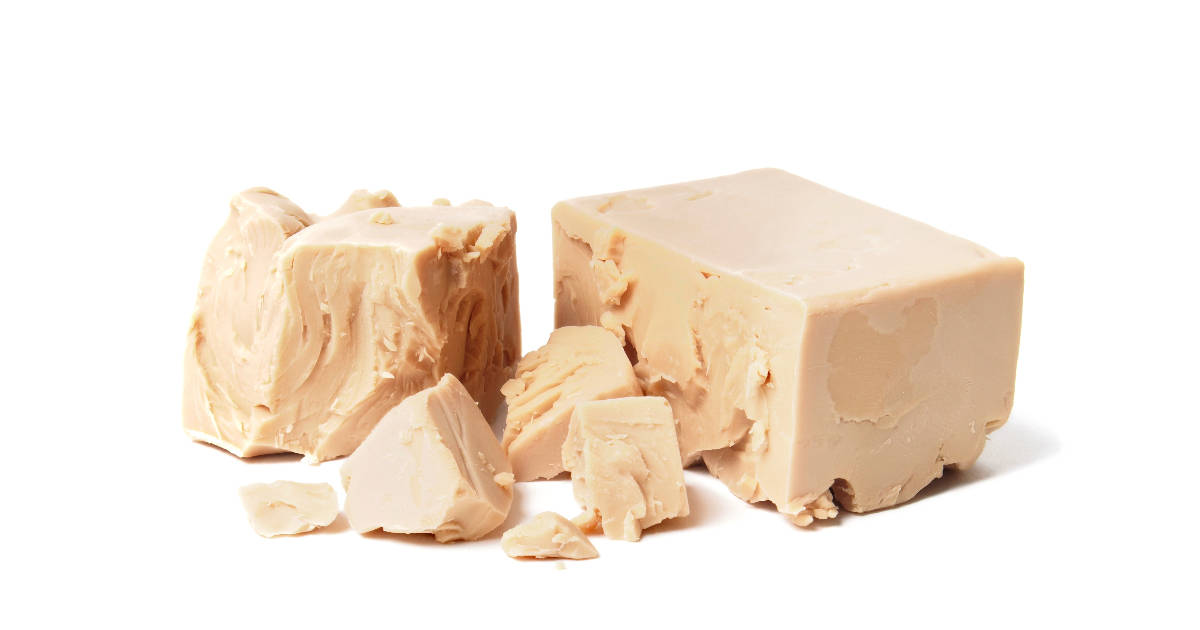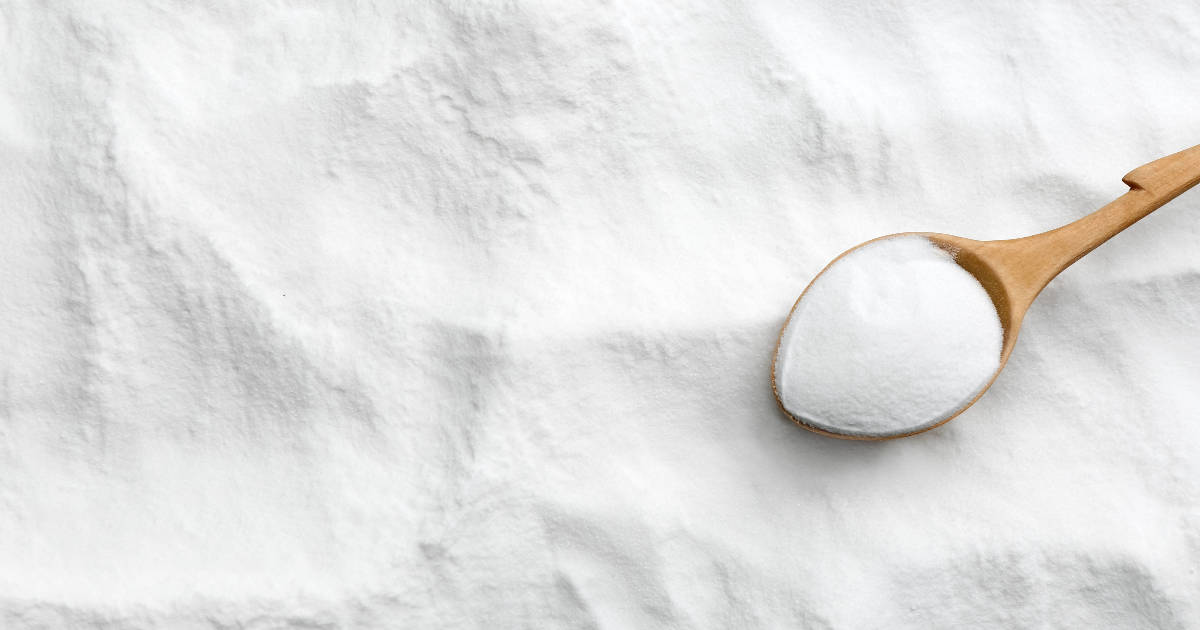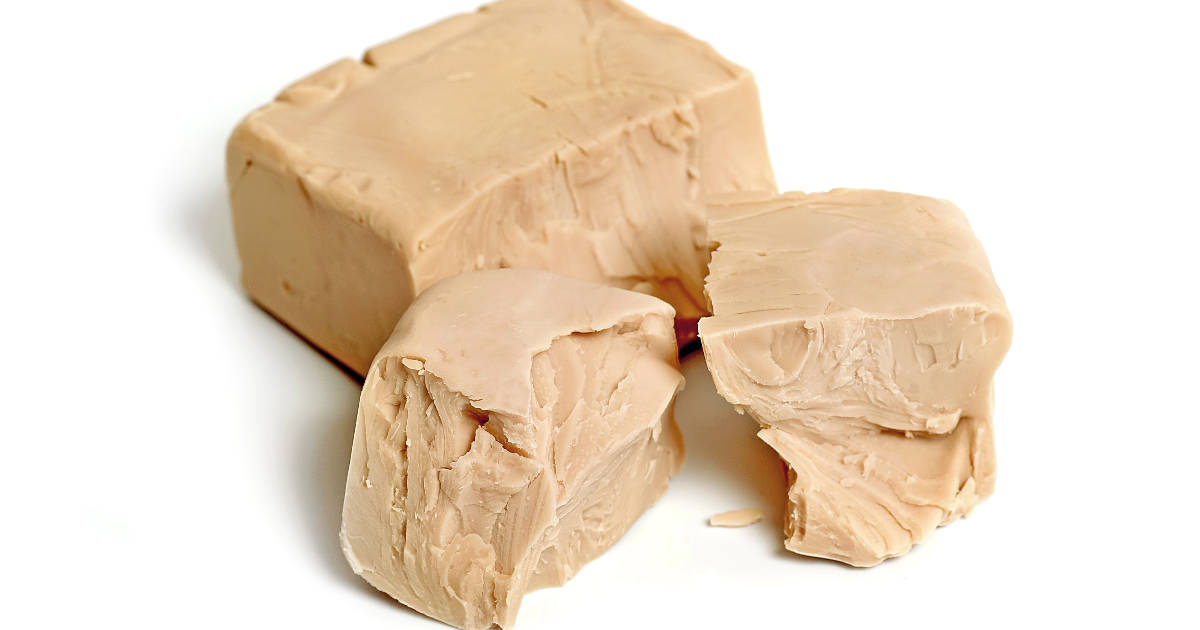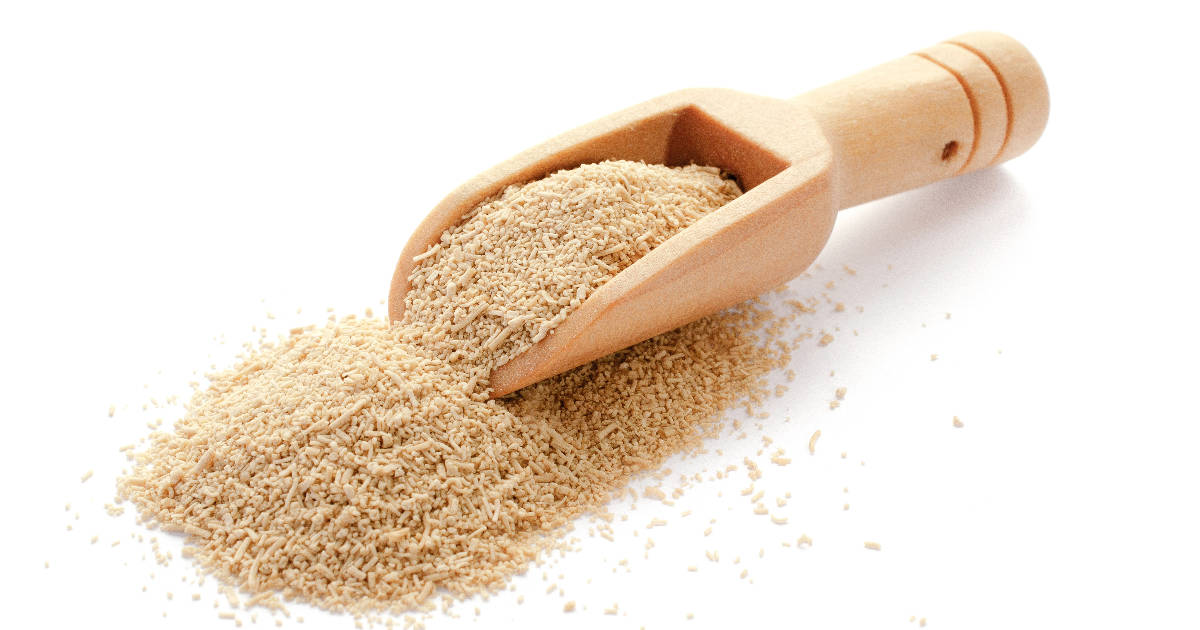Baking is both an art and a science. To create light, fluffy baked goods, bakers often rely on leavening agents - ingredients that produce gas bubbles, helping batters and doughs to rise. The two most common leavening agents used are baking powder and yeast.

But what's the difference between them, and when should you use one versus the other? Below we've written about everything you need to know about these foundational baking ingredients.
How Baking Powder and Yeast Work
While both baking powder and yeast serve the same role in baking, the way they function is quite different.

Baking powder is a dry chemical leavening agent, meaning it relies on a chemical reaction to produce carbon dioxide bubbles that cause batters and doughs to rise. It's comprised of a base (usually baking soda), an acid, and a stabilizer. When liquid is added, an acid-base reaction occurs between the base and acid, generating carbon dioxide. This happens quickly, which is why baking powder is ideal for recipes like muffins, pancakes, and other quick breads that are mixed and baked right away.

In contrast, yeast is a living organism, specifically a fungus. The yeast feeds on sugars present in the dough, producing carbon dioxide gas and alcohol as byproducts through the process of fermentation. The carbon dioxide gets trapped as bubbles, causing the dough to inflate. Fermentation also generates desirable flavors and aromas. Since yeast is alive, it needs time to grow and produce gas - recipes leavened with yeast require proofing and rising time spanning hours.
Key Takeaway: Baking powder relies on a chemical reaction while yeast utilizes fermentation to generate the gas needed for leavening.
Taste and Texture Impacts
Using one leavening agent over the other not only affects the timing of the baking process but also the end product's taste and texture.
Yeast results in complex, robust flavors due to fermentation breaking down sugars and starches. The byproducts contribute to the distinctive tastes of yeast breads. Fermentation also strengthens gluten development, producing a chewy texture.
In contrast, baking powder does not generate or impart flavor on its own. Its role is limited to leavening through chemical reactions. Baked goods leavened solely with baking powder will have a more tender, cake-like crumb, but lack the depth of flavor that yeast provides. However, baking powder can be combined with yeast in some recipes to get the best of both worlds - a chewy, flavored yeast product with an extra lift.
Usages and Suitability
With an understanding of how they work and their effects, it's clear why each leavening agent suits certain baked goods better.
Yeast is the top choice for:
- Bread - Requires long fermentation time to develop flavor and chewiness. The prolonged rising provides the structure to trap gas bubbles.
- Pizza dough - Same reasons as bread regarding flavor and texture. Time is needed for bubbles to form and stretch.
- Enriched dough - The fermentation helps break down the fat and sugar for proper aeration and rise.
Baking powder shines in:
- Cakes - Batters need to be baked soon after mixing so the bubbles don't escape. The quick leaven provides lift without time.
- Muffins - The fast mixing to baking turnaround prevents deflation. A dense crumb is appropriate.
- Pancakes - No waiting around for pancakes! The quick rise is perfect for an on-demand breakfast.
| Leavening Agent | Best Used For | Reason |
|---|---|---|
| Yeast | Breads, pizza dough, enriched dough | Requires time for fermentation to develop flavor and chewy texture |
| Baking Powder | Cakes, muffins, pancakes | Quickly leavens batters that need to be baked soon after mixing |
Availability and Storage

Yeast is available in a few different forms:
- Active dry yeast - Granulated yeast that needs to be dissolved in liquid to activate before adding to the dough. Most common for home bakers.
- Instant yeast - Finer granules that can be added directly to dry ingredients without dissolving first. Good for bread machines.
- Fresh yeast - Soft, compressed cakes of live yeast. Perishable so mainly used by professional bakers.
- Sourdough starter - Mixture of flour, water, and wild yeast cultivated from the environment. Requires regular feeding.
All forms of yeast must be stored in the refrigerator or freezer to prevent the organisms from dying. Baking powder, on the other hand, has a longer shelf life at room temperature due to its dry, chemical nature. However, baking powder can lose potency over time after being exposed to moisture or heat. For best results, keep it in a cool, dry place and pay attention to expiration dates.
Substitutions
While yeast and baking powder cannot be substituted for each other in recipes, there are some workarounds in a pinch:
- For baking powder - Replace with a mixture of baking soda and an acid-like cream of tartar, lemon juice, or buttermilk.
- For yeast - In bread recipes, create a sourdough starter in advance. For cake or quick bread, use baking powder instead.
Key Takeaway: Yeast and baking powder are not interchangeable, but homemade substitutions can be made by combining baking soda with an acid or cultivating wild yeast over time.
Price and Availability
Baking powder is readily available in any supermarket baking aisle and costs just a few dollars for a canister that will last for months. You can easily stock up on it.
Yeast is a bit more specialized and perishable. Grocery stores carry it in limited quantities, so check expiration dates when purchasing. It's also pricier than baking powder since you need to replace it more frequently. If you bake yeast-leavened goods regularly, buying from a warehouse store in bulk or looking for deals online can help lower the cost per use.
During disruptive events like natural disasters or pandemics, yeast also tends to disappear from shelves due to supply chain issues and home bakers stocking up. Having some baking powder on hand provides a backup leavening option.
FAQ
Can I use yeast and baking powder together?
Yes, you can combine both leavening agents in some recipes, especially thicker doughs that require extra lift like sandwich bread. The baking powder gives an initial boost while the yeast keeps producing gas over time. Just reduce the amount of each compared to using only one.
Which works better, yeast or baking powder?
It depends on the recipe and characteristics you want in the end product. Yeast is superior for flavor development in bread while baking powder lets you mix up a cake faster. One isn't better overall.
Do I need yeast for bread?
Technically no - you can make flatbreads or quick bread with just baking powder. But to get that quintessential taste and chewy crumb associated with traditional yeast-raised bread, the fermentation yeast provides is key.
Can I make yeast from scratch?
Yes! Combining flour and water propagates wild yeast naturally present. After regular feeding and maintenance, the resulting sourdough starter can leaven bread without store-bought yeast.
Why did my baking powder bread not rise?
If a quick bread doesn't rise with baking powder, a likely culprit is old baking powder that has lost its leavening power. Always use fresh and properly stored baking powder. Too much or too little can also throw off the chemical reaction.
Key Takeaway: Yeast and baking powder each have advantages in different baking applications. Knowing when to use which comes down to the science of how they work and the timing, flavors, and textures you want.
Conclusion
While their jobs of leavening baked goods are similar, baking powder and yeast differ significantly in terms of chemical versus biological leavening. Yeast lends flavor, and chewiness, and requires extended fermentation. Baking powder acts instantly without affecting taste, ideal when eager bakers don't want to wait.
With practice, bakers gain an intuition for when to pull out the yeast versus the baking powder from the pantry. Understanding the science behind these leavening agents provides the knowledge to make those calls with confidence.

